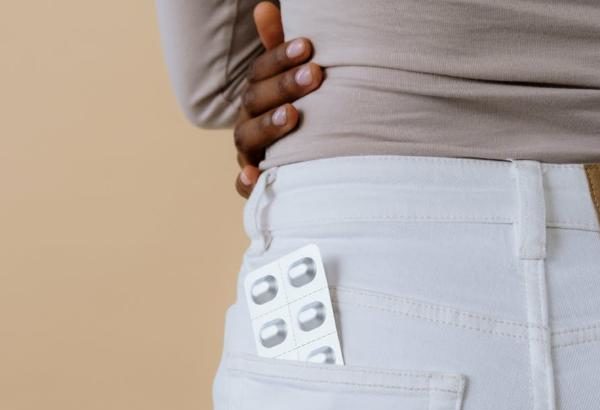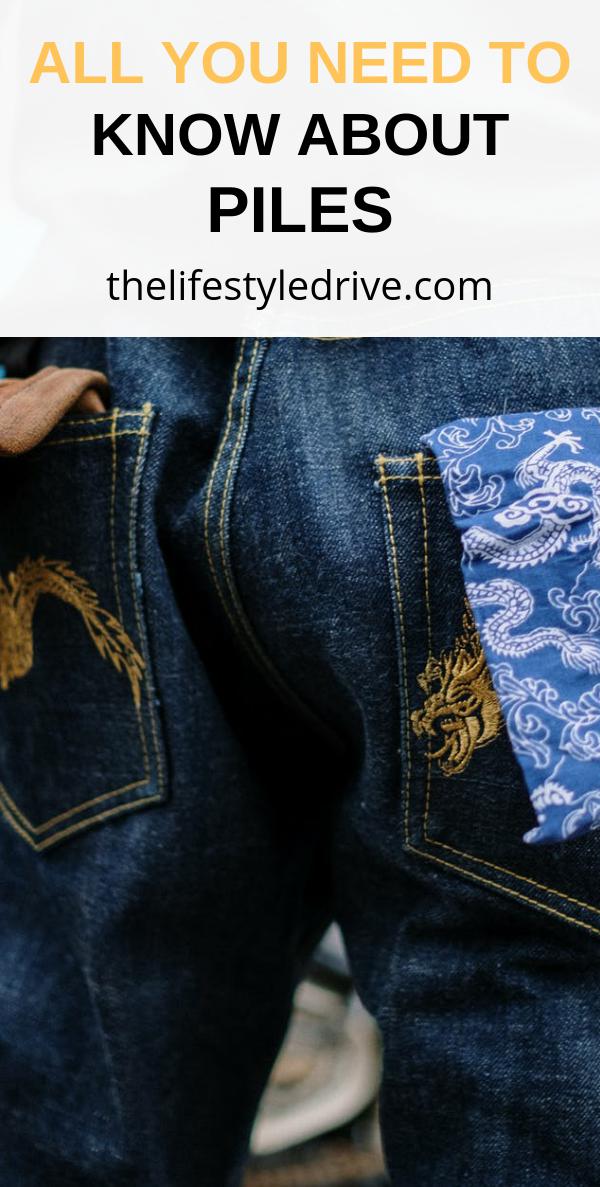What Causes Piles?
All you need to know about piles explains the causes of piles and how it can be prevented.Dilatation of radicals of rectal veins within the anal canal is called piles. The medical term for piles is hemorrhoids. Compared to arteries veins are weak due to thin walls and hence any back pressure in the veins can make them tortuous. There are three rectal veins namely superior, middle, and inferior rectal veins. Any obstructions or increase of pressure in these veins can predispose piles.
All You Need to Know About Piles
Depending upon the situation there are two types of piles.
1) External piles. 2) Internal piles.
1) External piles:-
This type of pile is seen outside the anal opening and is covered by skin. It is black or brown in color. This type of pile is very painful due to the rich nerve supply in this area.
2) Internal piles:-
It is inside the anal canal and internal to the anal orifice. It is covered by a mucous membrane and is red or purple in color. These piles are painless.
Sometimes internal and external piles occur in the same individual.
Factors responsible for piles:–
1) This is a familial disease.
2) Piles are seen only in animals to maintain an erect posture. This is due to congestion in the rectal veins due to the effect of gravity.
3) It is common in individuals having chronic constipation. Those who have a habit of visiting the toilet due to frequent urge for stool may develop piles in the future.
4) Piles are common in those who take excess of chicken, prawns, spicy food, etc. Those who take vegetables and fibrous food are rarely affected.
5) Some ladies get piles during pregnancy due to compression of rectal veins by the uterus.
6) Cancerous lesions in the rectum can obstruct blood flow and result in piles.
Signs and symptoms of piles:–
Pain is common in external piles which will be worse while straining at stool.
Bleeding comes in splashes while pressing for stool. Bleeding may be profuse in some cases.
3) Protruding mass:-
In external piles, the swelling can be felt around the anal orifice. In the case of internal piles initially, it can not be felt. When the disease progresses the piles protrude during stool and will go inside automatically. When the condition becomes worse the protruded piles will not go back into the anus.
4) In some cases there will be discharge of mucus with itching around the anal orifice.
Complications of piles:–
Treatment of piles:–
External Hemorrhoids
Initially, it is treated on the basis of symptoms. Constipation should be treated. If there is anemia iron should be given. Homeopathic medicines can give good results. If medicinal treatment is not giving any result the following can be tried.
1) The thrombosed external pile is excised under local anesthesia.
2) Sclerosant injection therapy can reduce the size of piles.
3) Rubber band ligation around the neck of piles is useful in some cases.
4) Cryosurgery is very effective.
5) Anal dilatation can reduce constipation and pain.
6) Haemorrhoidectomy is the surgical removal of piles.
How to prevent piles?
1) Eat plenty of fruits and vegetables.
2) Take fibrous food.
3) Avoid excess intake of meat, prawns, crabs, etc.
4) Keep a regular timing for food.
6) Drink a sufficient quantity of water.
7) Keep a regularity in bowel habits.
8) Take treatment for constipation.






